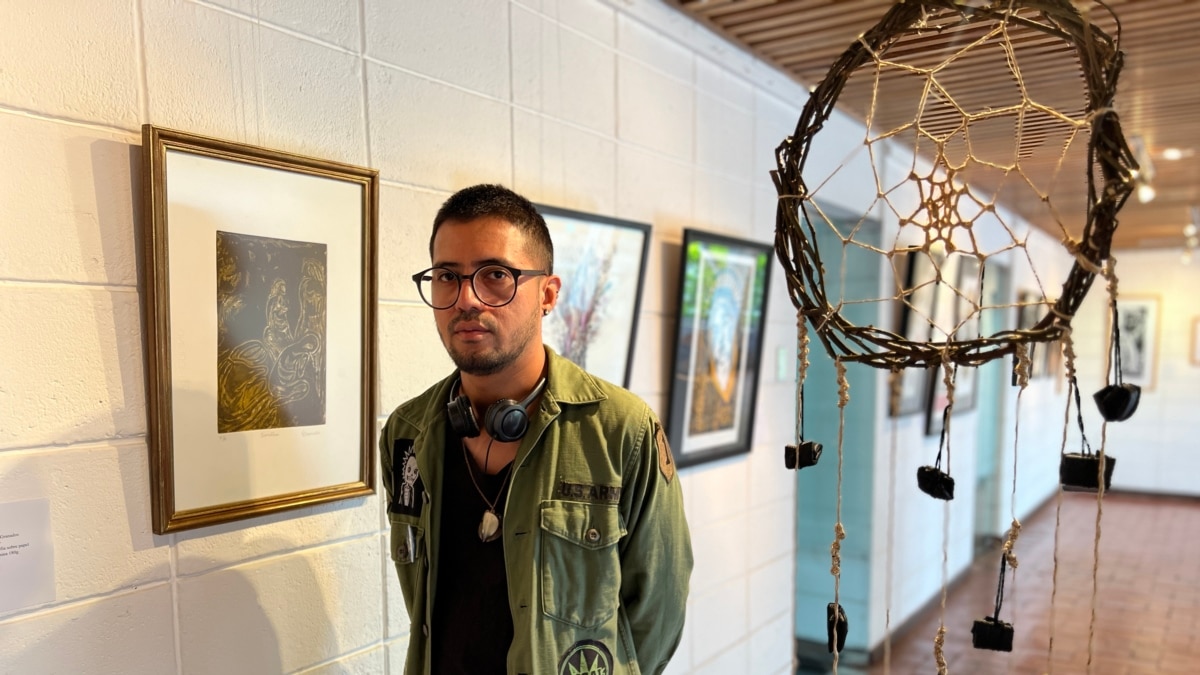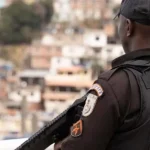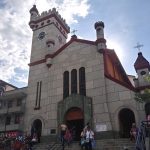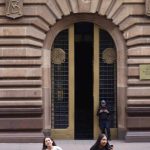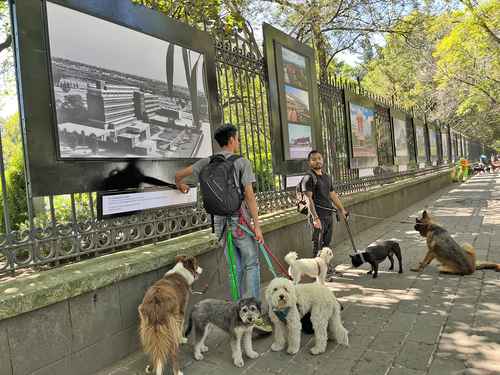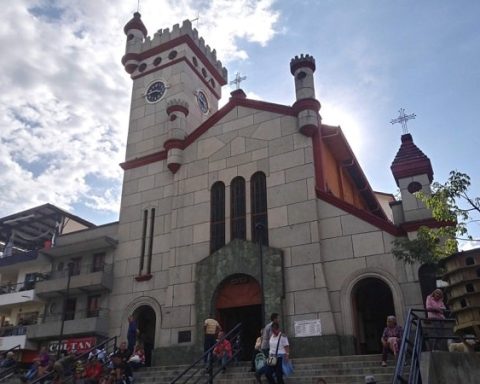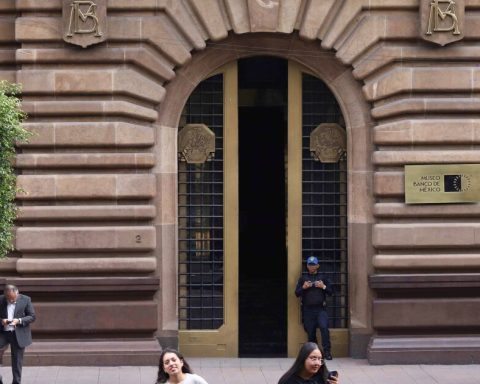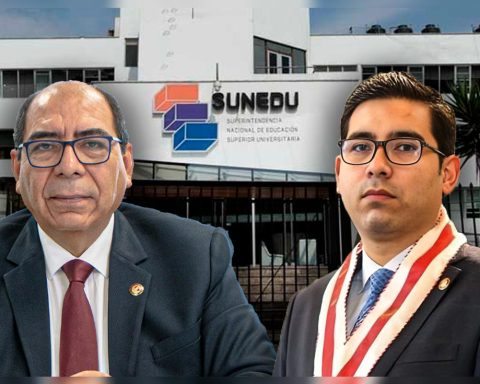An unconventional dreamcatcher stood out in the exhibition hall of the annual engraving and printmaking exhibition that took place at the University of Costa Rica (UCR) in October. Masks wrapped with numbers that respond to the artistic concept are held on its structure, he explains to the voice of america King Mng, co-author of the piece.
This Nicaraguan artist is an anthropology student and resides in Costa Rica, where he worked on the work entitled “Dreams of Freedom”, with which they sought – he explains – to conceptualize human loss during the COVID-19 pandemic, but at the same time the loss of dreams for this very reason, especially of the migrants who were separated by the virus.
Regarding the figures printed on the masks, he indicates that they mean “the numbers that we are as migrants, numbers that are sometimes invisible.”
He says that they used the dream catcher, which is made up of a willow wood hoop and a net inside decorated with various objects, and is based on the myth of the Ojibwa culture, from southern Canada, where the belief of that people’s dreams are filtered through these objects, allowing only positive visions to pass through.
From that perspective, the artists assure that they wanted to bring the concept to the pandemic “because of the dreams that affected us all.”
“The concept goes beyond these fabrics. We want to do a workshop where we want to bring those questions: What dreams and people did we lose during the pandemic?” says the 30-year-old artist, born in Managua.
In Managua, Rey Mng studied plastic arts. He interrupted his career when he was in his fourth year to leave the country in 2018. “It was a cool space (good), I learned a lot from my teachers, classmates,” he says.
He then migrated to Costa Rica, where he began studying at the Casa del Artista and later applied for a scholarship at UCR, where he is currently in his second year of Anthropology.
To survive in Costa Rica, Rey Mng sells paintings that he paints in his spare time, makes commercial murals, and generates income from his work in a serigraphy workshop.
How to express migration?
This Anthropology student admits that he has channeled through art what emigration means in his life. For example, he calmly works on a painting that he keeps in his room and that he returns to whenever he has memories of Nicaragua.
“This painting on the back of my desk carries that process, the theme of exile. I started it two years ago (…) ideas are coming to me again, ”she says.
He concludes about his inspirations: “It is a matter of influence, they are important in a cultural sense, I like how the indigenous people of America, the Aztecs, drew, they are a source of inspiration for me, other sources, people who have worked on these issues such as (Ferdinand) Szyszlothen one is influenced by painters that you admire, or even your teachers”.
Connect with the Voice of America! Subscribe to our channel Youtube and turn on notifications, or follow us on social media: Facebook, Twitter and Instagram.
